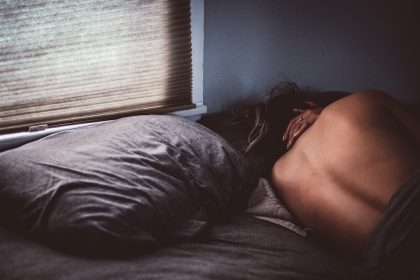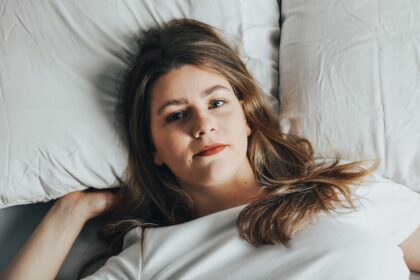Go to sleep! Three key strategies for exhausted parents of 2-9 year-olds
Ever wish your child would. Just. Go. To. Sleep? To help you all get a better night sleep here are three key strategies to follow, and eight quick tips to try.
Sometimes it can seem like everyone else’s children are good sleepers, while yours are still running around like their batteries never wear out, long after they should have been in bed.
We know how important good quality sleep is – new research is emphasising its effect on many body systems. And yet there’s no chance of anyone in your family getting a good night’s sleep right now.
To help you restore order (or at least get some sleep!) former primary head teacher and expert in child development, Mary Mountstephen from Kids Can Succeed, shares three key strategies and eight quick tips for 2-9 year olds.
Three key sleep strategies for young children
Being a parent is challenging at the best of times, but being a very tired parent can feel impossibly tough at times. Research shows that, to get a happy sleeper, you need to follow three key strategies with your 2-9 year-old.
1) Set up a structure
Young children need structure, routine and clear expectations. This means developing routines that don’t involve you as a parent when your child has gone to bed.
First of all, keep the bedroom a quiet place, not full of simulation. When sleeping is an issue, it helps if there is a clear message that a bedroom is for sleeping in and nothing else. So take out the toys, bin the bright duvet and hide the technology for starters.
2) Get them to bed at the right time
The optimal bedtime for children aged 2-6 is between 7-8 pm, but we know that this can be difficult to fit in with family routines and lifestyles.
Make sure the bedroom is cool (16-18 degrees) quiet, low light and with no distractions. Sleep hygiene means that parents are consistent and keep to the established routine. Make sure the bed has soft and lightweight bed-linen.
3) Don’t use the bedroom as a punishment
The bedroom is not a ‘naughty’ area. Never use it as a place to go when your child has behaved badly. This sends negative messages about the room. The bedroom is a single function place for young children; a place of very low stimulation, that is safe and encourages sleeping.
And eight more quick sleep tips!
To help you make these three key strategies work, here are eight more quick tips:
- Make sure everyone involved knows the routine and keeps to it.
- Keep iPads out of the bedroom.
- Wind down for about 40 minutes before going to bed and have a calm pre-sleep activity which is the same every night, like a story to read together. This means a ‘real’ story book, not a screen!
- Keep a sleep diary. This can help identify patterns. Sometimes a reward chart might help.
- Don’t worry! Up to 30% of children experience a sleep problem at some point during their childhood.
- If they come into your bed, be impassive. Return them to bed with no positive or negative response and try to avoid eye contact. Take them back every time.
- This may take a few days, so hang in there!
- And finally, treat yourself to This Works Sleep products when you get a night off.
Mary Mountstephen MA (SEN) is a former nursery and primary head teacher, special needs coordinator and international presenter and consultant. She’s currently working on doctoral research at The University of Reading.
If you would like a formal assessment, you can contact Mary through her website. Mary is happy to advise and support schools, families and homeschoolers.
Photo by Annie Spratt










